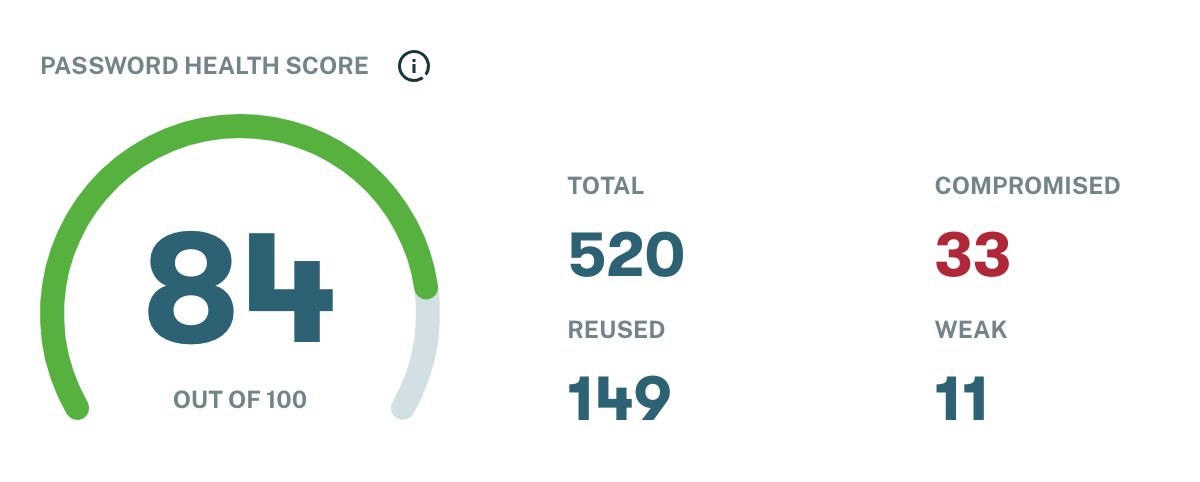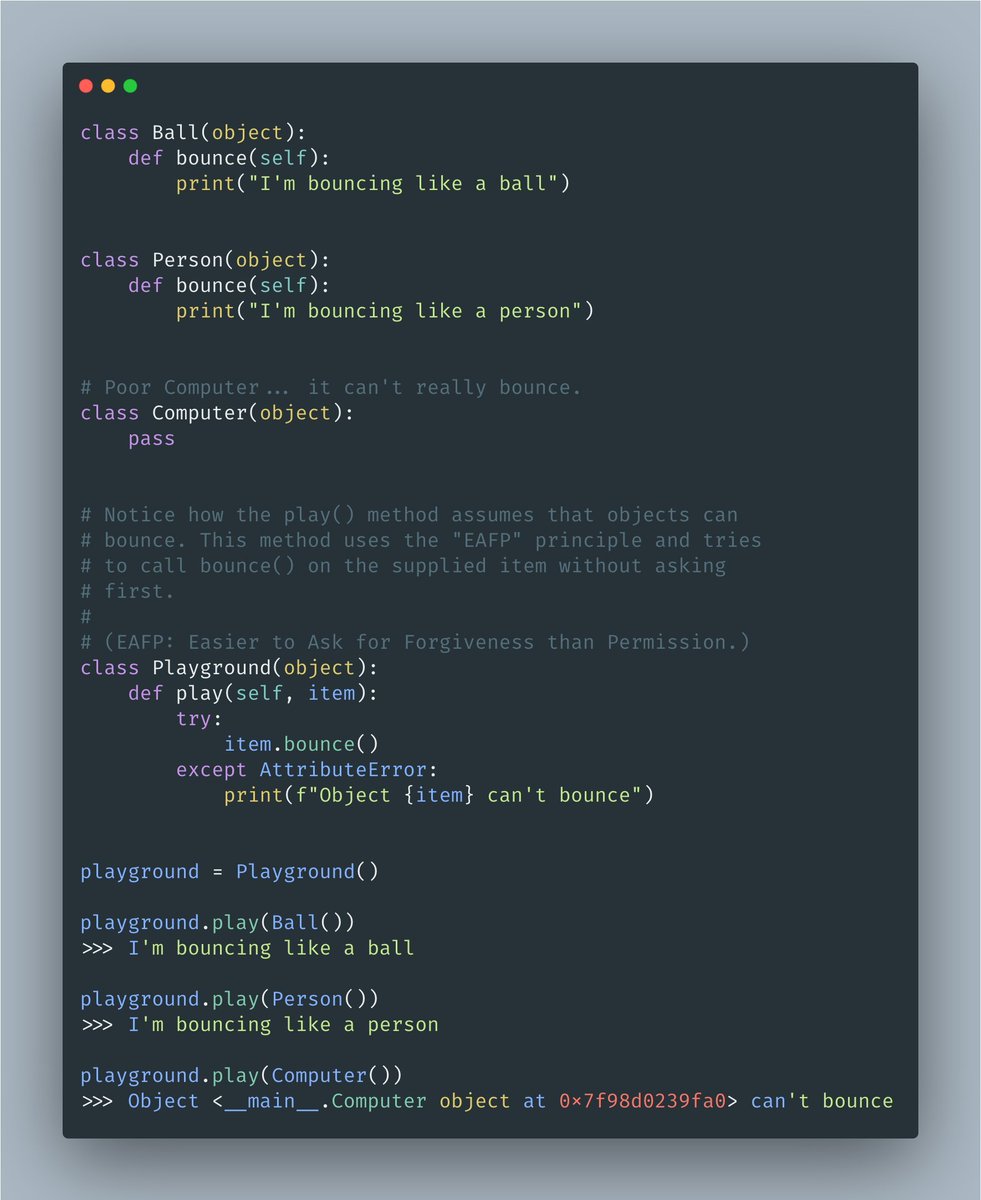
Interviewing for technical positions is a broken process.
I believe this is going to change soon.
Getting a job in the software industry we’ll look very different within the next 10 years.
Some thoughts: ↓
I believe this is going to change soon.
Getting a job in the software industry we’ll look very different within the next 10 years.
Some thoughts: ↓
2. This is the game we are playing today:
Write down in a piece of paper as much stuff as you possibly can. Make sure you embellish the story. Make yourself look like a hero.
Call this a "resume" and email it to as many companies as you can.
Write down in a piece of paper as much stuff as you possibly can. Make sure you embellish the story. Make yourself look like a hero.
Call this a "resume" and email it to as many companies as you can.
3. Companies collect a list of those resumes.
They sort them by the biggest liars: whoever sells themselves the best, goes right to the top.
They choose the top 10 and start making calls.
They sort them by the biggest liars: whoever sells themselves the best, goes right to the top.
They choose the top 10 and start making calls.
4. But of course, we all know the game.
Companies don't believe for a minute what you wrote down.
They know you are a good storyteller, but they need a software developer, so they need to ask hard questions.
Companies don't believe for a minute what you wrote down.
They know you are a good storyteller, but they need a software developer, so they need to ask hard questions.
5. A little detour:
Some people once decided that asking brain teasers during the interview was a good idea:
"How many ping-pong balls can you fit in a school bus."
"We just want to see your thought process" they say.
This doesn't work.
Some people once decided that asking brain teasers during the interview was a good idea:
"How many ping-pong balls can you fit in a school bus."
"We just want to see your thought process" they say.
This doesn't work.
6. After a couple of studies came out proving this was dumb, Big Tech moved on. Mostly.
Unfortunately, many companies didn't get the memo.
In 2021 there are still companies asking "how many gas stations are in the U.S" and "how many public bathrooms are in your city."
Unfortunately, many companies didn't get the memo.
In 2021 there are still companies asking "how many gas stations are in the U.S" and "how many public bathrooms are in your city."
7. Not everyone has to go through this, which is good.
Instead, most of us have to find the shortest path in a graph without using Dijkstra's and sort a linked list.
In a whiteboard!
Or even better: in Google Docs while somebody stares at you.
Instead, most of us have to find the shortest path in a graph without using Dijkstra's and sort a linked list.
In a whiteboard!
Or even better: in Google Docs while somebody stares at you.
8. This is crazy and it's been going on for quite some time now.
Think about how many good people aren't willing to go through this process.
Or how many brilliant engineers tried, but got turned down because they forgot what the heck is Big O notation.
Think about how many good people aren't willing to go through this process.
Or how many brilliant engineers tried, but got turned down because they forgot what the heck is Big O notation.
9. All of this is nonsense. Most people I've talked to agree.
• People don't want to prepare for an interview.
• Managers don't want to conduct interviews.
• The whole process is exhausting for everyone involved.
• People don't want to prepare for an interview.
• Managers don't want to conduct interviews.
• The whole process is exhausting for everyone involved.
10. There are several things happening right now that make me hopeful for the future.
First, remote work is putting a lot of pressure on the system.
Many people have realized they have much more control they thought. They can now work for almost anyone from almost anywhere.
First, remote work is putting a lot of pressure on the system.
Many people have realized they have much more control they thought. They can now work for almost anyone from almost anywhere.
11. Second, I believe working for a single employer will become the exception rather than the rule.
More people will spend their time working on multiple projects they care, instead that working for a single company.
As an example, look at what's going on with DAOs.
More people will spend their time working on multiple projects they care, instead that working for a single company.
As an example, look at what's going on with DAOs.
12. I believe that a "company-less" workforce makes much more sense.
Instead of working for Google, you'll work on Gmail. Instead of working for Netflix, you’ll work on the security of their platform.
Projects, not companies.
Instead of working for Google, you'll work on Gmail. Instead of working for Netflix, you’ll work on the security of their platform.
Projects, not companies.
13. There's a missing piece in this story:
How do companies know whether you have skills?
I think a couple of things will happen.
How do companies know whether you have skills?
I think a couple of things will happen.
14. First, a project-based workforce will work similarly to open-source projects today.
People show up, pick a task, get it done, and get paid.
There are reviewers making sure the work is done appropriately.
People show up, pick a task, get it done, and get paid.
There are reviewers making sure the work is done appropriately.
15. Obviously, "getting paid" is mostly absent from the open source world today (unless you get a salary from the company that owns the project.)
But this is changing.
Again, look at what's happening with DAOs.
This model seems to make a lot of sense.
But this is changing.
Again, look at what's happening with DAOs.
This model seems to make a lot of sense.
16. The second thing:
We will replace the resume (liar, liar, pants on fire.)
I'm hopeful that some of the work with decentralized data and proof of ownership will play a significant role here.
We need to prove our skill-set automatically for anyone that cares to look.
We will replace the resume (liar, liar, pants on fire.)
I'm hopeful that some of the work with decentralized data and proof of ownership will play a significant role here.
We need to prove our skill-set automatically for anyone that cares to look.
17. There's a lot going on here, but something is clear to me.
Nobody, absolutely nobody, is rooting for the technical interview to stay.
Do you know what happens when everyone hates something? We find a better solution.
But there's something even more important.
Nobody, absolutely nobody, is rooting for the technical interview to stay.
Do you know what happens when everyone hates something? We find a better solution.
But there's something even more important.
18. Look at the last couple years. Look how much the tech world has changed.
Demand continues to rise. Companies are struggling to find talent and even keep who they have.
More power to us.
Who's betting against the internet?
Demand continues to rise. Companies are struggling to find talent and even keep who they have.
More power to us.
Who's betting against the internet?
• • •
Missing some Tweet in this thread? You can try to
force a refresh





